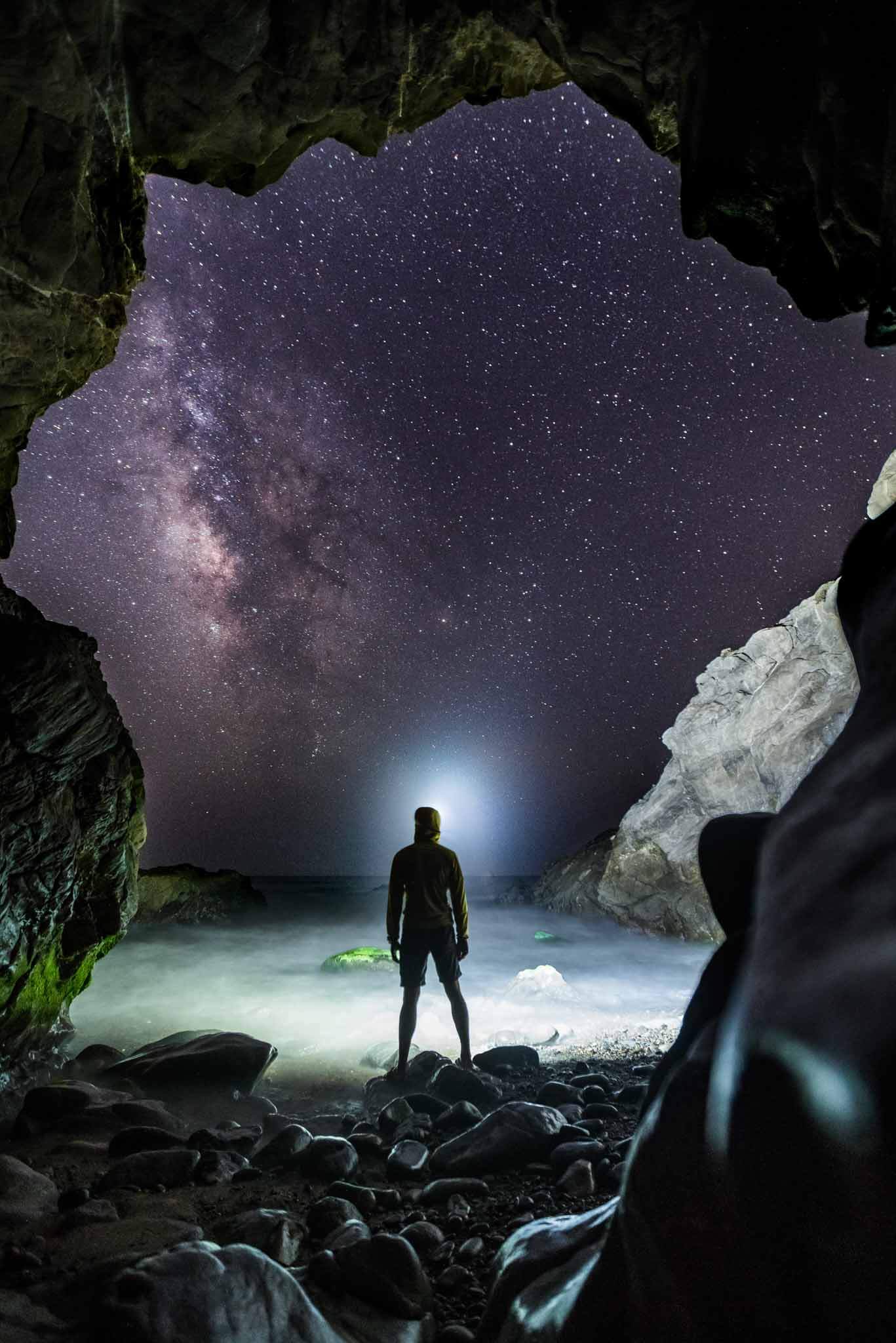Southern California Stargazing Spots That Beat Light Pollution
Heavily urban areas make southern California stargazing difficult, but not impossible! From desert spots to more local light pollution havens, we’ve got 8 places to check out for your next meteor shower! If we could go back in time only a hundred years and tell people that the stars were gone, they’d call us crazy. What could man possibly do to erase the night sky? It can be a pretty depressing though, but don’t worry: pristine night skies are still out there! There are a wealth of southern California stargazing locations available. Between gorgeous state parks, observatories, and Pacific coastal regions, SoCal urbanites have tons of options. So if you’re looking for a place to take that time-lapse starry sky shot, or want to try out your new telescope, read on! (P.S. if you haven’t made use of this Dark Sky Finder yet, it’s a-m-a-z-i-n-g).
Red Rock Canyon State Park, Kern County
For those who don’t mind a small drive, Red Rock Canyon State Park in Kern County is only 2 hours from LA. That’s plenty of time to put distance between the glare-infested cities and your telescope setup. Red Rock’s best known for its picturesque rock formations, featured in movies like Jurassic Park and Holes. What makes the park especially tantalizing is that you can pitch your tent right next to a sheer rock face. This provides a great light barrier between you and stray light sources from other campers. And on that note, be courteous to your fellow gazers at all these sites, and pack a red-light flashlight to cut down on the light pollution.
Hole in the Wall, San Bernardino County
Hole-in-the-Wall campgrounds in the Mojave National Preserve definitely has some natural perks on its side. Amateur astronomers will enjoy a natural light-barrier in the north and eastern sides of the park that block out Las Vegas and other cities along the Colorado river. In fact, it’s such a popular southern California stargazing spot that the Mojave National Preserve Conservancy hosts regular star parties in this area. For campers, it’s also a relatively well-developed campground with running water and toilets. $12 a spot!
Grandview Campground, Inyo County
Elevation is your friend when you’re trying to beat light pollution. Who wants to be a bazillion miles from civilization, when they can simply rise above it? Grandview Campground sits 8500 feet straight up, in the juniper forests of the White Mountains. Even though Inyo County’s only 20 miles from Big Pine, it’s so far up that the city lights pose no problem. However, keep in mind that at this height, winter storms make this a very seasonal option. There aren’t too many amenities, but at 5 bucks donation per night, who’d complain?
Bridgeport, Mono County
If we’re so conscious of light pollution, why is there a town on this list? Because Bridgeport is so small that what little light it has is negligible. In fact, you can see plenty of celestial sights just standing in the middle of the street. Try getting that experience elsewhere! While you’re in town, you can also stop by the quaintest coffee house/cottage ever. And of course, if you’re still looking for an isolated getaway, Mono County has its own set of lovely campgrounds to explore.
Benton Hot Springs, Mono County
We usually like to space these lists out, but Mono County deserves a second mention. Why? Because Benton Hot Springs is the only southern California stargazing spot where you can view the stars soaking in a hot spring. Come on! Like the rest of Mono County, Benton Hot Springs enjoys very low levels of light pollution. It’s perfect if you’re looking for a little outpost away from the grind, but not completely removed.
Mesquite Springs Campground, Inyo County
Death Valley is a great region to look into for stargazing, but beware that some areas are definitely within Las Vegas’ light radius. To get the most out of your time, Mesquite Springs is perhaps the grand-daddy of southern California stargazing spots. As most forums and listicles will tell you, this campground is known for having the darkest skies in SoCal. It’s no wonder that the local park services hold their own star parties here as well–civilization is a distant memory here. Aside from being far from any madding crowds, and is also one of the most accessible spots on our list. No hiking or climbing required: nothing but smooth and safe roads.
Malibu Creek State Park, Los Angeles County
The last two entries on our list are located much closer to the Los Angeles urban hub. We completely understand the need to get away without having to trek for hours. You might not think it’s possible to stargaze an hour out of downtown, but that’s where you’d be wrong. First off, Malibu is the perfect complement to the hectic day-to-day of the city. It’s literally only 55 minutes away even in midday, and boasts its own hiking trails and campgrounds. Malibu Creek State Park‘s best known for hiking, fishing, and rock climbing. But the upper parking lot area, on top of the climbing cliffs, the pristine Malibu air gives a great vista of the night sky.
Mount Wilson Observatory, Los Angeles County
An inversion layer above Los Angeles helps to keep occluding smog contained closer to the surface. This phenomenon gives Mt. Wilson Observatory an unimpeded view of the night sky, despite being only about 33 miles from Los Angeles. Consequently, two of the world’s most well-known historic telescopes have been built here. And despite the increase in smog over recent years, it’s still a fantastic place to view the heavens.




